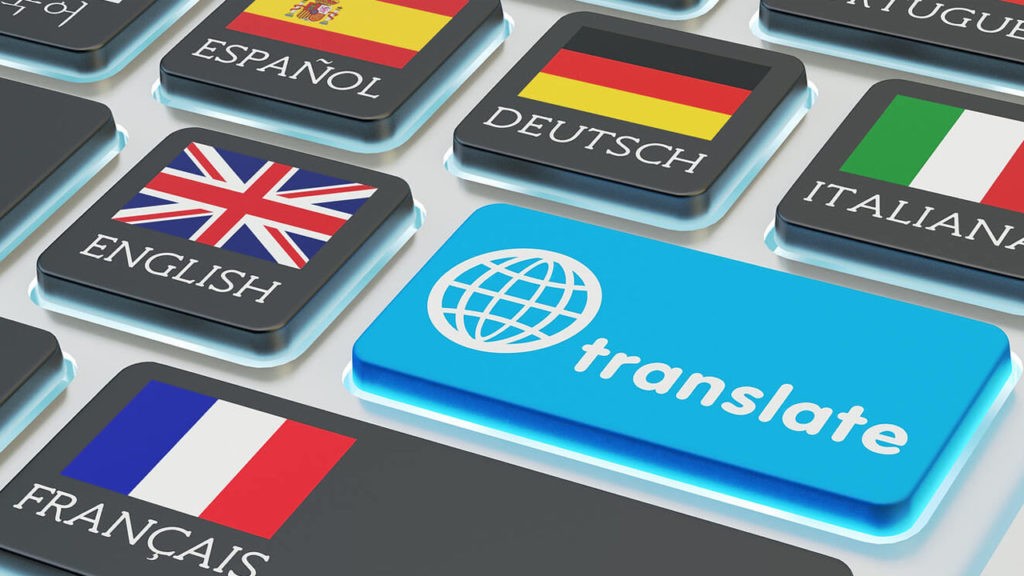The modern world is based on the constant exchange of information. Globalization, technological development, and increasing mobility have made intercultural communication a part of everyday life in business, science, and private life. In this context, translation plays a key role by enabling the overcoming of language barriers. Today, we have two main methods at our disposal: human translation and machine translation. Although both aim to convey content from one language to another, they differ in many aspects: quality, precision, speed, costs, and range of applications. In this article, we will take a closer look at the difference between human and machine translation, analyzing the strengths and weaknesses of both solutions.
Definition and Characteristics
Human Translation – is the process in which a qualified translator, possessing linguistic, cultural, and often specialized knowledge, translates a text from one language to another. A human translator can account for linguistic nuances, idioms, cultural context, and the specificity of the target audience. They often correct mistakes found in the original text, adjust the style to the client’s needs, and are capable of recognizing ambiguities or wordplays. A professional translator frequently specializes in specific fields such as law, medicine, technology, or marketing. Thanks to this, they can accurately reproduce specialized terminology while maintaining appropriate consistency and precision.

Advantages of Human Translation:
Accuracy: Translators understand linguistic nuances and can adapt style and tone to the audience.
Flexibility: Translators can tailor the text to the culture and specifics of the target market.
Creativity: In marketing or literary texts, translators can creatively convey the emotions and message of the original.
Understanding of Context: Humans can comprehend the author’s intent, irony, wordplays, or cultural references.
Handling of Specialized Texts: Professional translators can handle difficult industry-specific vocabulary and demanding documents.
Machine (Automatic) Translation – is the process in which a computer program or artificial intelligence system translates text without human involvement. Currently, the most popular tools are based on advanced language models, machine learning, and vast databases. Examples include Google Translate, DeepL, and Microsoft Translator. These systems analyze the text, recognize patterns, and generate a translation within seconds. In recent years, machine translation technology has developed significantly. Modern systems based on neural networks (so-called neural machine translation) can provide surprisingly accurate translations in many areas of everyday life.
Advantages of Machine Translation:
Speed: A machine can translate entire documents within seconds.
Accessibility: Machine translations are often free or very inexpensive.
Usefulness in Emergency Situations: Helpful during travel, chat conversations, or quick communication.
Support for Simple Texts: Works well for simple instructions, short messages, and informational texts.
Context, Culture, and Idioms
A human translator understands not only the language but also the culture, social realities, and specifics of the audience. Thanks to this, they can adapt the translation to local customs, avoid misunderstandings, and clarify ambiguities. Human translators skillfully handle idioms, proverbs, wordplays, and cultural references, which are often untranslatable literally.
Machine translation struggles significantly with this. Machines rely on statistics and patterns, which can result in literal translations of idioms or the failure to recognize cultural nuances. As a result, machine-translated texts sometimes come across as artificial or inappropriate for the cultural context.
Main Differences Between Human and Machine Translation
Quality and Accuracy Human translations are much more precise. Translators understand context, the author’s intent, and adapt the translation to the cultural specifics of the audience. Machines, despite enormous progress, can still make mistakes—especially in texts containing idioms, jokes, ambiguous expressions, or specialized terminology.
Style and Tone Humans can convey the emotional tone of the text, preserve literary style, or adapt language to the specifics of the target group (e.g., formal legal language or a casual marketing tone). Machine translations often sound stiff, unnatural, or artificial.
Cultural Context Professional translators can perceive cultural differences and appropriately reflect them in the translation. Machines do not always recognize cultural references, which can lead to awkward or incorrect translations.
Specialized Terminology In legal, technical, or medical texts, precision is crucial. Specialized translators possess industry knowledge that machines have not yet fully matched. Incorrectly translated terms in contracts or technical documentation can have serious consequences.
Cost Machine translation is cheaper—often free or available for a small fee. Human translations are more expensive but guarantee high quality and safety.
Speed In terms of speed, machine translation is unmatched—it processes texts instantly. A human translator needs time for analysis, editing, and quality assurance, which extends the turnaround time but results in a much better final product.
The Future of Translation: Human vs. Machine
There is no denying that the development of artificial intelligence is affecting the translation industry. However, experts consistently emphasize that while technology will play an increasingly significant role, human translators will remain indispensable where emotions, cultural subtleties, creativity, and full responsibility for the quality of translation are key. Particularly in sectors such as law, medicine, literature, and advertising, humans will maintain an advantage over machines for a long time to come.
Conclusion
In conclusion, both human and machine translation have their place in the modern world. Choosing the appropriate method depends on the purpose, type of text, quality requirements, and available resources. Human translation guarantees precision, naturalness, and understanding of context, while machines offer speed and low cost. Increasingly, both approaches complement each other, creating effective solutions for business, science, and everyday communication. In the future, the role of machine translation will grow, but human translators will remain indispensable for a long time wherever quality, safety, and genuine human understanding are crucial.



